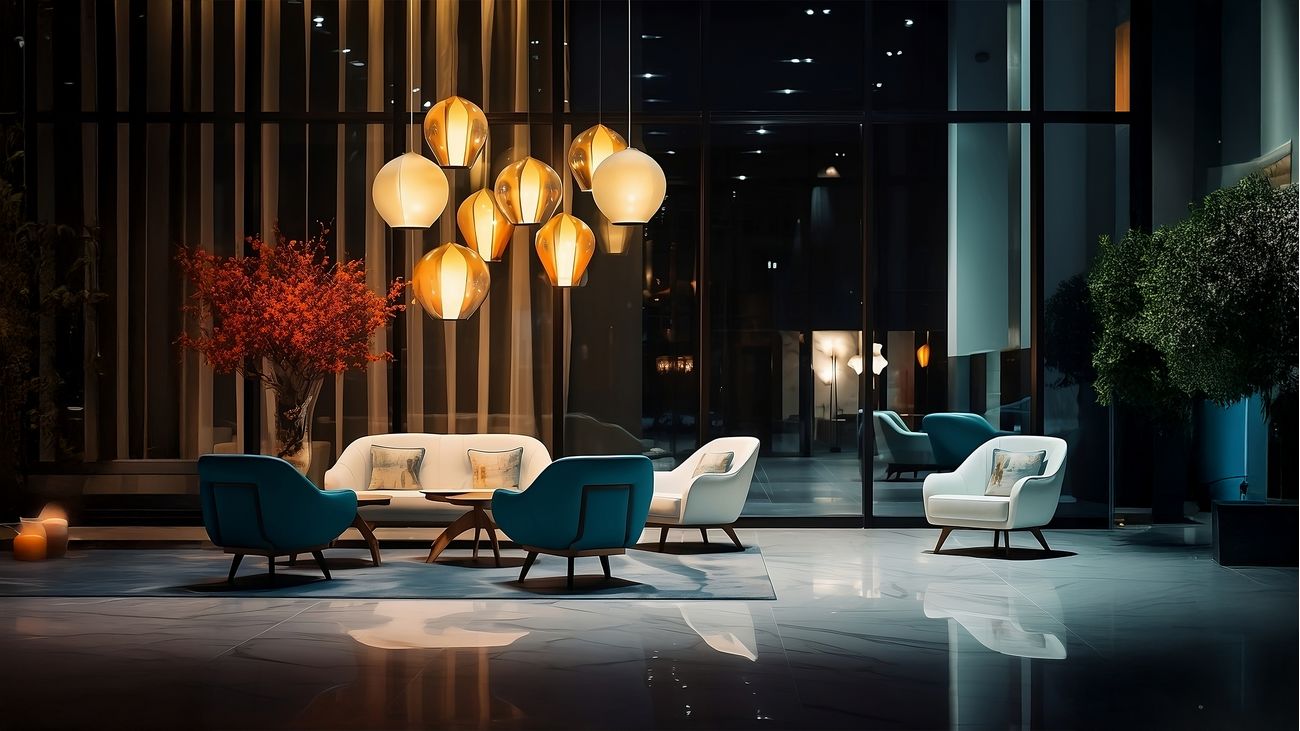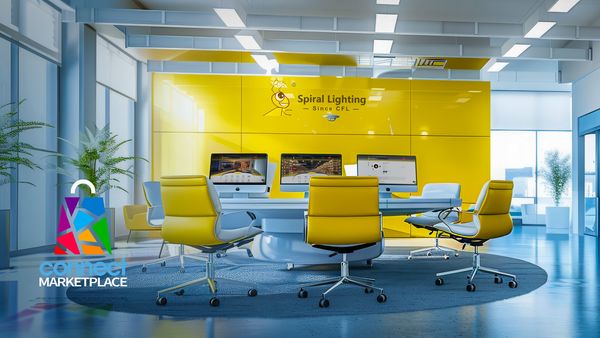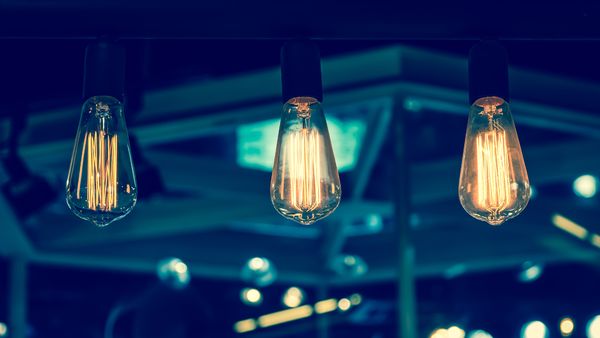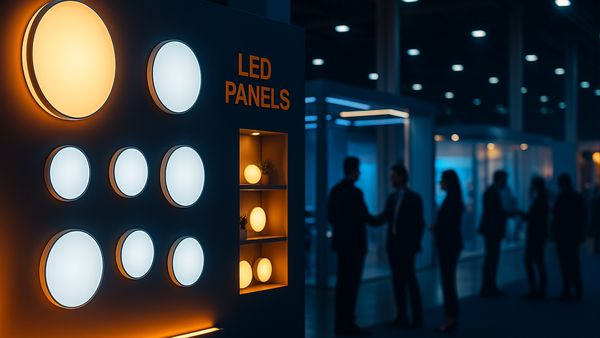Best Color Temperature Options for LED High Bay Lights – Complete Buyer’s Guide
How to Choose the Ideal Color Temperature for LED High Bay Lights

Color temperature (CCT), measured in Kelvin (K), is one of the most important choices you’ll make when specifying LED high bay lights. The right CCT shapes visibility, mood, safety, and even productivity—especially in tall spaces like warehouses, factories, sports halls, and retail floors.
Understanding Color Temperature (Kelvin)
Lower Kelvin values produce a warm, yellowish light; higher values look cooler and bluer. Typical ranges you’ll encounter with LED high bays:
- 2700K–3000K (Warm White): Cozy, welcoming tone similar to incandescent.
- 3500K–4000K (Neutral/Neutral White): Balanced, natural look for general tasks.
- 5000K–6500K (Cool White/Daylight): Crisp, high‑visibility light that mimics daylight.
Common CCT Options & Best‑Fit Applications
2700K–3000K – Warm White
Soft, inviting illumination that enhances wood and warm materials. Great for hospitality areas inside large venues, break rooms, customer‑facing corners of retail, and select residential‑scale high ceilings. Less ideal where maximum contrast or exact color identification is critical.
3500K–4000K – Neutral White
A versatile middle ground that supports long shifts without feeling harsh. Popular for light manufacturing, schools and gyms, hospitals, packing lines, and distribution centers. Offers good visibility and accurate color without the starkness of higher CCTs.
5000K–6500K – Cool White / Daylight
High clarity and perceived brightness for warehouses, QA/inspection, sports arenas, parking structures, and outdoor canopies. Excellent where fine detail, speed, and safety are priorities. For very long dwell times, consider glare control and appropriate dimming to reduce eye fatigue.

Quick Selection Guide
| CCT | Look & Feel | Where It Works Best | Notes |
|---|---|---|---|
| 3000K | Warm, welcoming | Hospitality zones, lounges, retail corners | Comfortable; not ideal for high‑precision tasks |
| 4000K | Neutral, natural | General industrial, classrooms, healthcare corridors | Balanced choice for long shifts |
| 5000K | Cool, crisp | Warehousing, assembly, sports halls | High visual acuity; manage glare at high outputs |
| 5700–6500K | Daylight‑like | Detail inspection, outdoor/covered yards | Brightest feel; pair with dimming for comfort |
Beyond CCT: What Else Matters
- CRI (Color Rendering Index): Choose CRI 80+ for general use; CRI 90+ for color‑critical tasks (textiles, food, QC).
- UGR & Optics: Use optics and diffusers to control glare, especially at high mounting heights and lumen packages.
- Dimming & Controls: 0–10V/DALI, occupancy and daylight sensors, and scheduling help tailor brightness and save energy.
- Tunable White & CCT‑Selectable: Fixtures with switchable or tunable CCT (e.g., 3000/4000/5000K) future‑proof spaces and simplify stocking.
- Environment & Compliance: Check ambient temperature ratings, IP for dust/moisture, and local code requirements.

Practical Recommendations
- Warehouses & DCs: 4000–5000K with sensors for aisles; higher CCT improves barcode and label contrast.
- Manufacturing & QA: 4000–5000K, CRI 80–90+, task‑tuned optics for work cells.
- Sports & Gyms: 4000–5000K with wide uniformity; control glare for cameras and spectators.
- Retail in High Bays: 3000–4000K to flatter merchandise and skin tones; consider CRI 90+ for color‑critical areas.
- Break Rooms / Offices within Plants: 3000–4000K for comfort and reduced visual fatigue.
Selecting the right color temperature for LED high bay lights is about matching visual tasks, user comfort, and brand experience. Warm CCTs elevate hospitality, neutral whites balance comfort and productivity, and cool/daylight tones deliver maximum clarity for demanding work. Combine the appropriate CCT with quality optics, high CRI, and smart controls to build a safe, efficient, and future‑proof lighting system.






